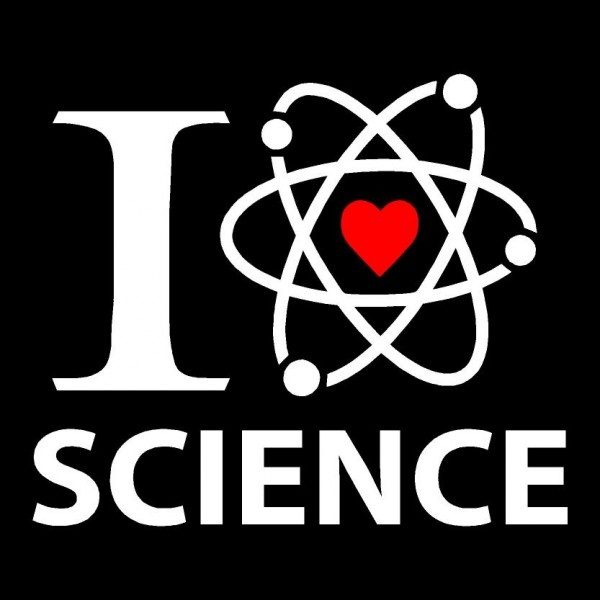“Every contact leaves a trace.” ~Edmond Locard
In this unit we will be learning all about what forensic science is and how they use it to help solve crimes. We will use infrared technology provided by the SUU stem center and practice finger printing.
Born in 1877, Dr Edmond Locard was a French criminalist renowned for being a pioneer in forensic science and criminology, often informally referred to as the “Sherlock Holmes of France”.
He officially formed the first forensic science laboratory. Locard is also renowned for his contribution to the improvement of dactylography, an area of study which deals with fingerprints. After the laboratory in Lyon was established, he developed the science of poroscopy, the study of fingerprint pores and the impressions produced by these pores. He went on to write that if 12 specific points were identical between two fingerprints, it would be sufficient for positive identification. This work led to the use of fingerprints in identifying criminals
In addition to this, Edmond Locard is perhaps most well-known for his formulation of Locard’s Exchange Principle, a theory relating to the transfer of trace evidence between objects, stating that “every contact leaves a trace.” The theory dictates that when two objects come into contact with one another, each will take something from the other object or leave something behind. ~ The Forensics Library








